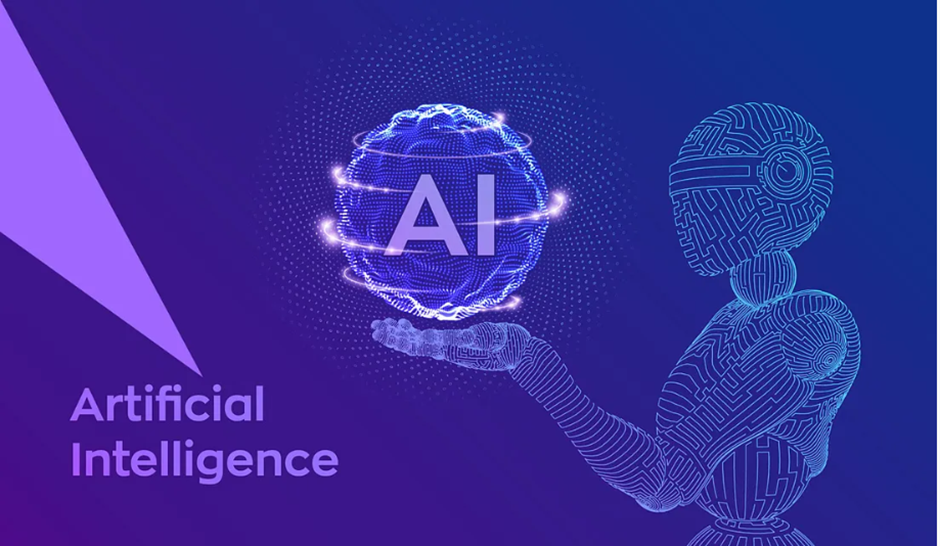Talent Acquisition and Retention in a Competitive Job Market

For organizations looking to recruit and keep top talent, hiring and retaining talent in a competitive job market is a major problem. Employers must use effective tactics to stand out and keep their prized employees in a competitive employment market when talented candidates have more options. I'll go into great length in this response on the important factors and tactics for attracting and keeping talent in a cutthroat employment market. Talent Acquisition 1. Employer Branding - To attract the best personnel, an effective employer brand is crucial. Companies should create and market an engaging employer brand that promotes their distinct culture, values, and growth possibilities. Employer branding activities, presenting employee recommendations, and using social media and internet platforms to connect with candidates can all help achieve this (Ryan, 2023) . 2. Targeted Recruitment - Organizations need to be strategic in...




